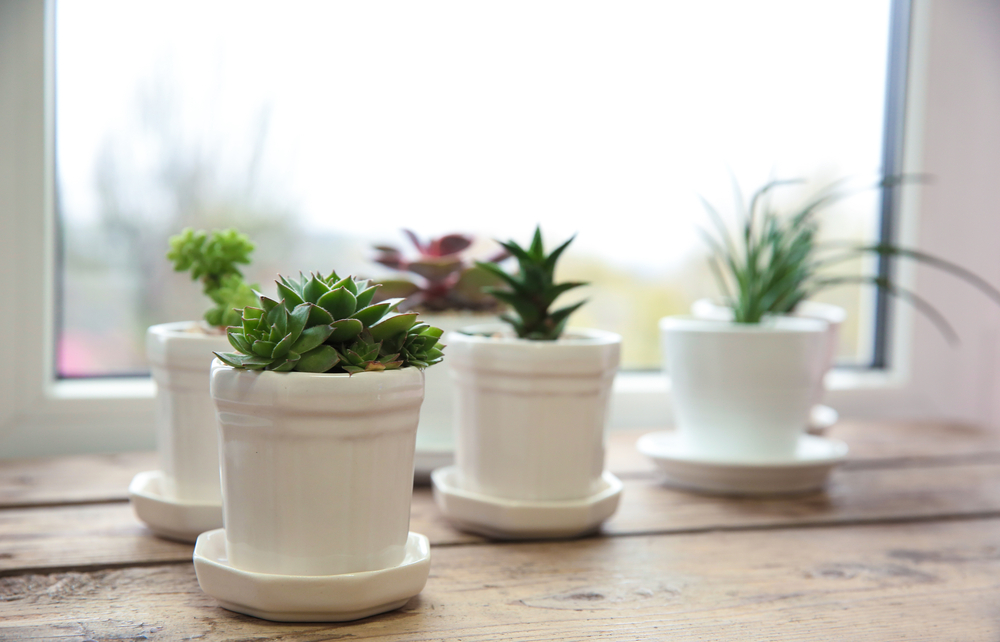
Many of us are spending more time indoors these days as we continue to try and stay safe during the pandemic. Indoor air quality plays a critical role when it comes to our comfort and health. Explore four easy ways to keep air crisp and clean indoors.
Americans, on average, spend approximately 90 percent of time indoors, where concentrations of some pollutants are often two to five times higher than typical outdoor concentrations, according to the Environmental Protection Agency (EPA). Stoves, fireplaces, household cleaners, personal care products, paints, insecticides, and vaping/tobacco can impact our indoor air quality, comfort, and health. Here are a few tips to help you keep air crisp and clean indoors.
Let in some fresh air.
There’s nothing like a breath of fresh air and a cool breeze. Many of us keep our homes closed up because we use central heating and cooling systems to stay comfy inside. While trapped indoor air from this along with cooking, pet dander, and smoking/vaping further contribute to indoor air pollution. Opening your windows and doors for short periods of time year-round can help remove stuffy, trapped air inside. Natural ventilation can reduce contaminants, benefiting your health, indoor space, and wallet.
Bring in the green.
Houseplants remove up to 90 percent of toxins in the air, according to NASA. From a Peace Lily’s ability to fight against toxic gases such as formaldehyde and carbon monoxide to the Bamboo Palm while the Spider Plant has the ability to aid in the removal of harmful elements such as benzene and formaldehyde, the natural air purifying properties of many plants can help you keep your indoor air crisp and clean. Per the EPA, health effects associated with indoor air pollutants include irritation of the eyes, nose, and throat as well as respiratory diseases, heart disease, and cancer. Plants are great for decor and working as a natural air purifier, it helps remove pollutants such as formaldehyde, benzene, trichloroethylene, and carbon monoxide. Adding plants to your indoor space can help rid harmful pollutants in the air.
Put smart sensors to work.
Indoor air pollutants can impact allergies, asthma, and other respiratory conditions. Keep connected and in the know when indoor
conditions change in real-time. Smart sensors can monitor, alert, and easily integrate with smart energy devices to trigger energy monitors and thermostats based on condition changes. Plus, adjust programming based on your habits. Awareness of items requiring your attention such as an air filter that needs to be changed based on the manufacturer’s suggestion can help you avoid dust buildup around vents and on indoor surfaces. While temperature and humidity sensing can help monitor moisture and air temperature even when you are away. From notifications of high humidity or carbon monoxide levels, smart sensors can help you enjoy peace of mind and comfort indoors.
Choose eco-friendly cleaning products.
In general, household cleaning products are safe when used as directed. Yet, even when used as intended, detergents, bleaches, and a variety of other household cleaning products can expose you to chemicals. Using eco-friendly cleaning products over those with harsh additives can reduce the impact on your indoor air quality. Turning to everyday ingredients such as vinegar, baking soda, and lemon for cleaning can help improve health, safety, and environmental impact.

